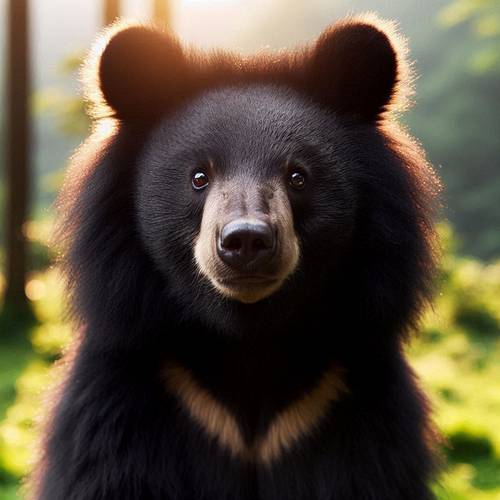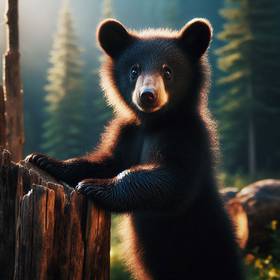Omnivorous Nature
Black bears have an omnivorous diet, meaning they eat both plants and animals. Their diet varies widely depending on the season and availability of food. In spring, they consume young plants and insects. Summer brings a feast of berries, fruits, and nuts. Fall is crucial for fattening up before hibernation, so they eat acorns and other high-calorie foods. Occasionally, they also eat small mammals and fish. Understanding their diet helps us appreciate these adaptable and resourceful creatures.
Prefered food that Balck Bear eat !
- Berries (such as blueberries, raspberries, and blackberries)
- Acorns
- Nuts (including hazelnuts and beechnuts)
- Honey
- Fish (especially salmon during spawning season)
- Insects (such as ants, bees, and beetles)
- Grasses and herbs
- Fruits (such as apples and cherries)
- Small mammals (like rodents)
- Carrion (dead animals)
Prefered food that Balck Bear eat !
- Berries (such as blueberries, raspberries, and blackberries)
- Acorns
- Nuts (including hazelnuts and beechnuts)
- Honey
- Fish (especially salmon during spawning season)
- Insects (such as ants, bees, and beetles)
- Grasses and herbs
- Fruits (such as apples and cherries)
- Small mammals (like rodents)
- Carrion (dead animals)
Nutritional Needs
Black bears have diverse nutritional needs to sustain their health and energy. As omnivores, their diet includes fruits, nuts, insects, small mammals, and vegetation. During spring and summer, they consume berries and insects, which provide essential vitamins and proteins.
In the fall, they eat high-calorie nuts and acorns to build fat reserves for hibernation. This varied diet ensures black bears get the necessary nutrients to thrive in different seasons and maintain their strength and vitality.
In the fall, they eat high-calorie nuts and acorns to build fat reserves for hibernation. This varied diet ensures black bears get the necessary nutrients to thrive in different seasons and maintain their strength and vitality.



